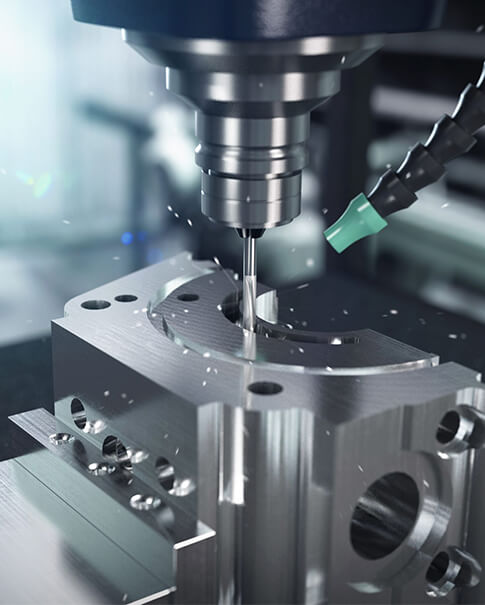
This article provides an in-depth analysis of metal rust issues, covering the hazards, detection and evaluation methods, and post-rust treatment measures.
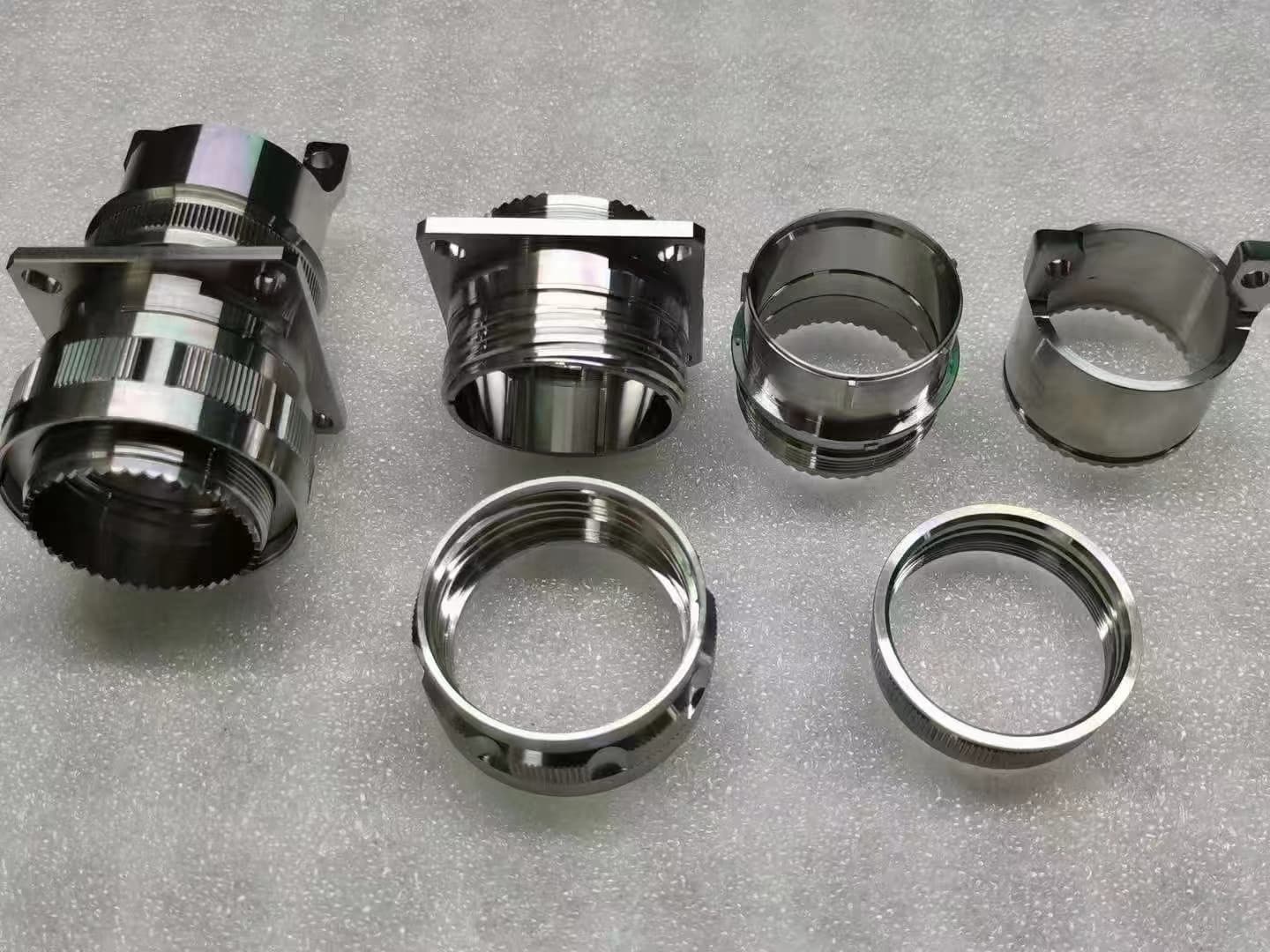
Performance Degradation
Metal rust leads to a decline in mechanical properties, such as strength, toughness, and hardness. For instance, rusted iron bridge structures suffer from reduced effective cross-sectional areas due to loose and weak rust layers, potentially resulting in catastrophic failures like bridge collapses.
Aesthetic Damage
Rust deteriorates the surface quality of metals, making them rough and dull, compromising their decorative appeal. For example, copper sculptures tarnished with green patina lose their original artistic beauty and aesthetic value.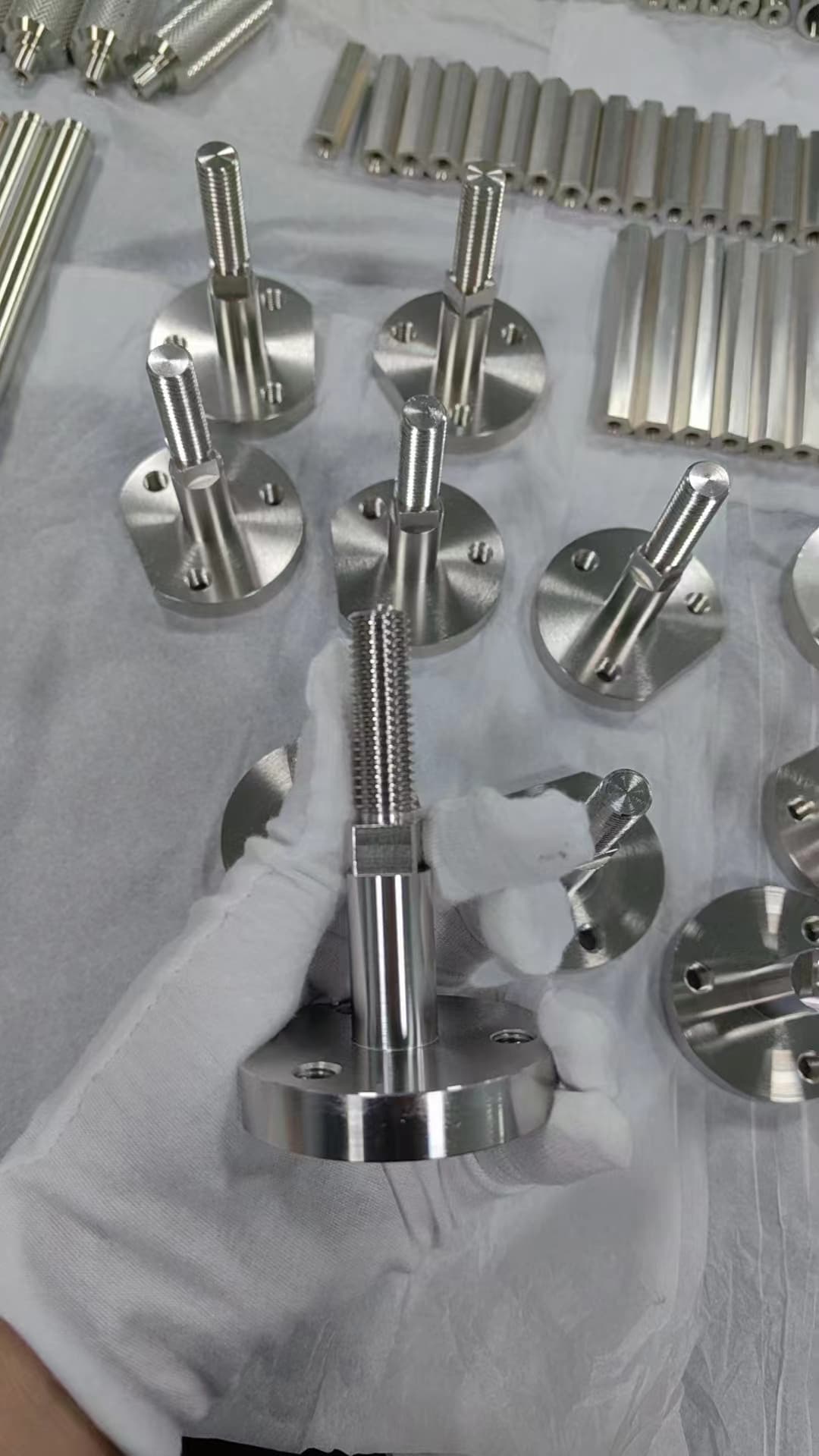
Shortened Service Life
Rust progressively corrodes metal, thinning it until it breaks down completely. Outdoor iron pipes, for instance, develop leaks due to corrosion, requiring frequent replacements, leading to increased maintenance costs and resource wastage.
Reduced Electrical Conductivity
For conductive materials like copper wires and aluminum busbars, rust forms an insulating oxide layer on the surface, increasing resistance and reducing conductivity. This can lead to greater energy loss and even electrical malfunctions.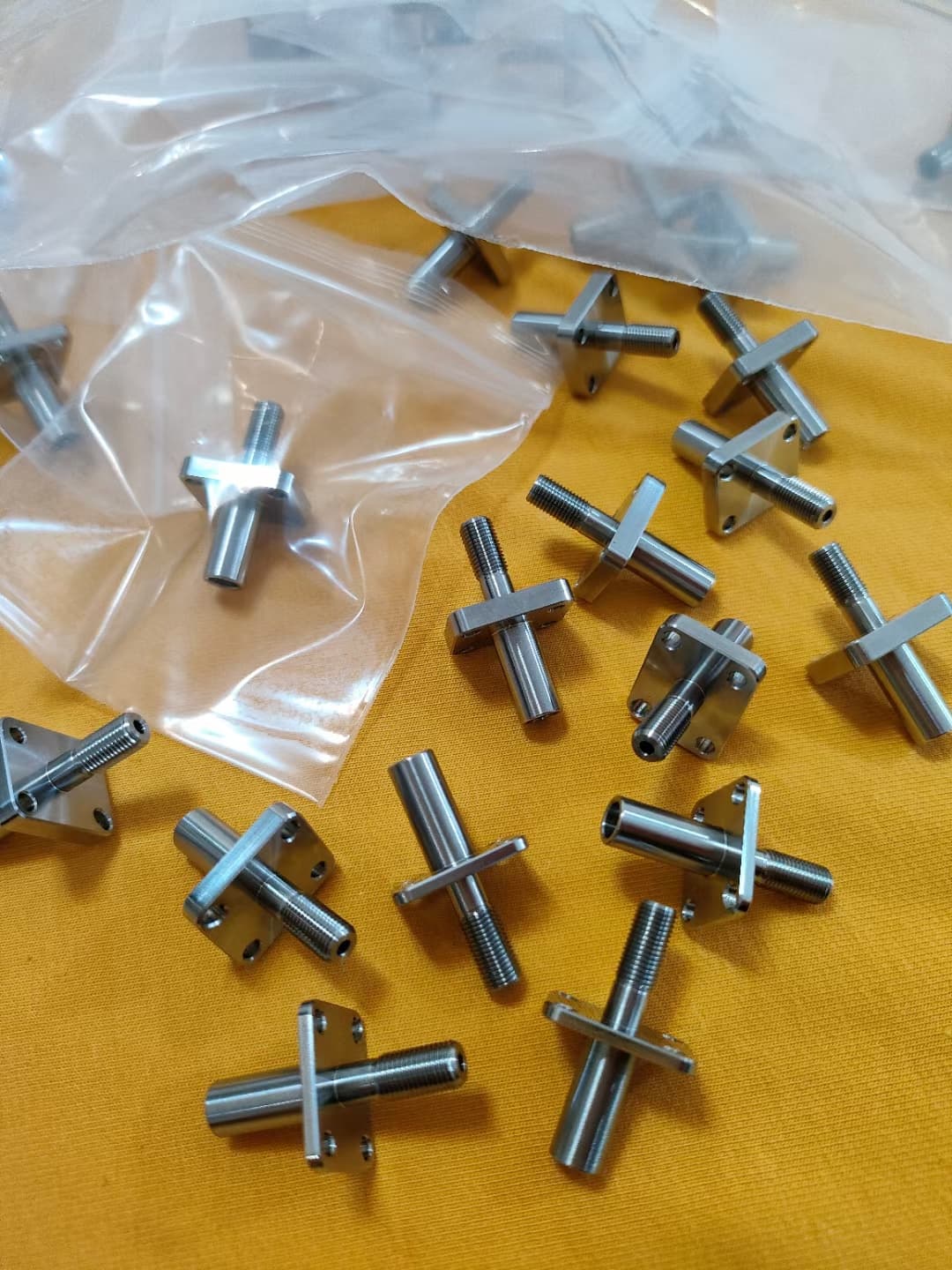
Visual Inspection
Observing the color, gloss, rust spots, and thickness of rust layers can provide a preliminary assessment of rust severity. This method is basic and widely used for relatively smooth and accessible surfaces.
Magnetic Detection
Rust alters the magnetic properties of ferromagnetic materials. Instruments measuring magnetic field strength can determine rust presence and severity, particularly useful for ferromagnetic metals like steel.
Ultrasonic Testing
Changes in ultrasonic wave propagation and reflection within metals reveal rust-induced structural alterations. Analyzing ultrasonic signals helps determine rust layer thickness and distribution.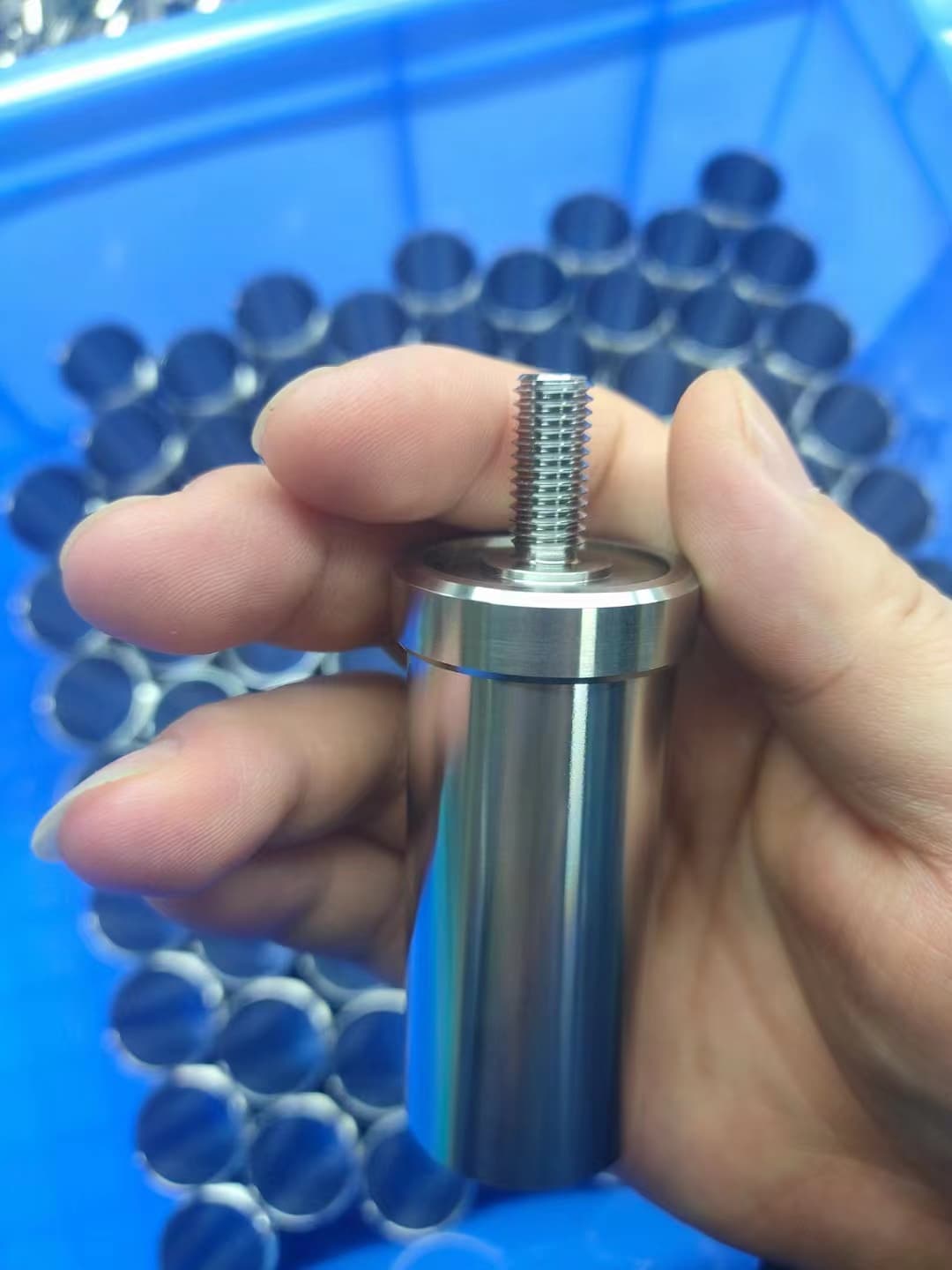
Electrochemical Testing
Electrochemical parameters such as electrode potential and polarization curves can evaluate metal corrosion and rust tendencies. For instance, measuring self-corrosion potential and corrosion current density using an electrochemical workstation quantifies corrosion rates.
Physical Methods
Chemical Methods
Biological Methods
Microorganisms or their metabolic products can remove rust from metal surfaces. For instance, certain bacteria produce organic acids that react with rust. Although eco-friendly and simple, biological rust removal is still under research and development and is not yet widely applied.